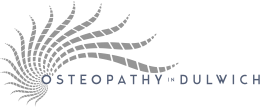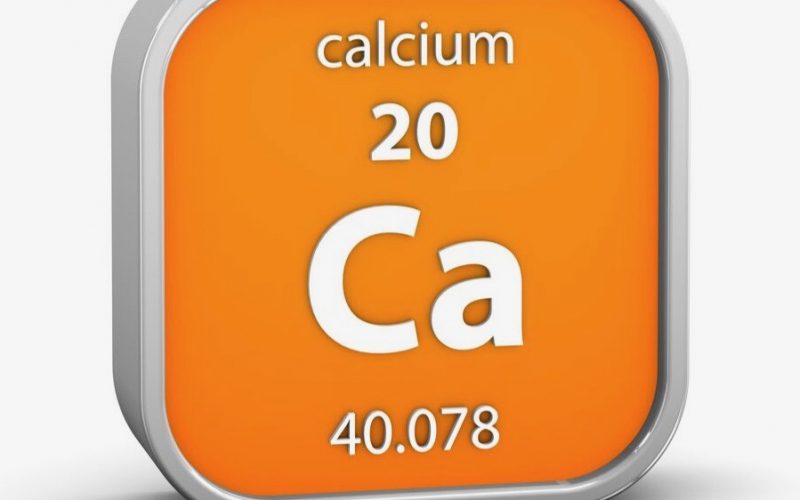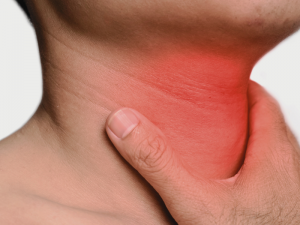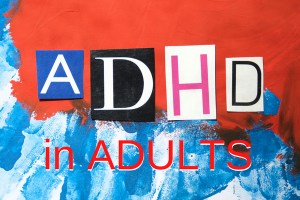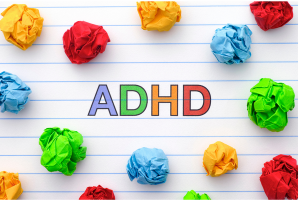Did you know that the body contains more calcium than any other mineral? Alongside it’s a vital role with bones, it helps with heart health, and is needed for the nervous system to work efficiently.
A large percentage of the UK population do not meet their daily calcium needs through their diet, with adults aged 50 and older and children and adolescents being at most at risk of deficiency.
The risks of too little calcium include :
Weak bones; Osteopenia or osteoporosis and increased risk of bone fractures. In children, they may not reach their full potential adult height.
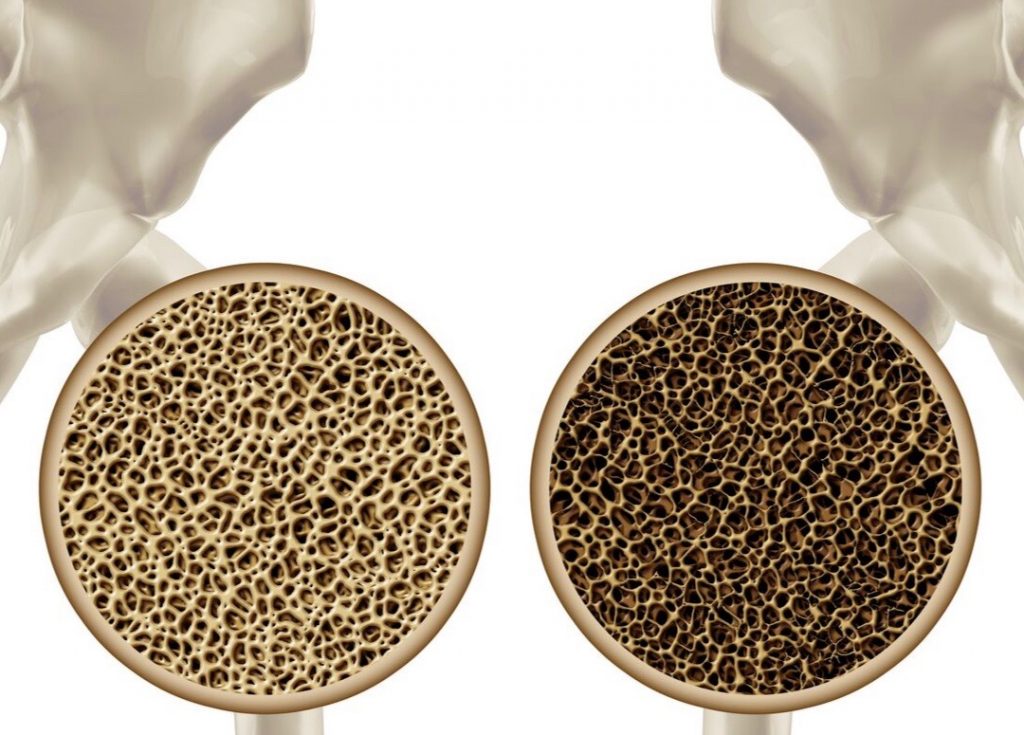
Other signs of deficiency include:
- Increased muscle tension
- High blood pressure
- Hardening of the arteries and hypertension
- Inflammation
- Worsening of premenstrual syndrome (PMS) symptoms
- Higher risk of tooth decay
- Increased risk of kidney stones and gallstones
Why the fuss?
Calcium deficiency is a silent condition; it does not produce obvious symptoms in the early stages, because the body will maintain blood levels by taking what it needs from our bones. Over time, this will cause bones to weaken, causing Osteopenia. If this leaching of calcium from our bones continues, it will cause Osteoporosis. Although not common calcium deficiency can also lead to serious health concerns such as abnormal heart rhythms and seizures.
Are you at risk of deficiency?
- Postmenopausal women are a risk because they will experience bone loss as their Oestrogen levels drop.
- The recommended calcium intakes are higher for people over age 70 because calcium absorption decreases as people age.
- People who can not consume dairy products because of lactose intolerance are at risk of deficiency. Lactose is the natural sugar found in milk. However, they may drink lactose-reduced or lactose-free milk.
- Vegans may be at risk if they don’t eat sufficient calcium-rich plant-based food.
- Children aged 9 to 18 years are especially at risk because their daily requirements increase in their teenage years.
Calcium, the science bit
Did you know… that eating calcium-rich foods may help control appetite and aid weight loss? Scientists discovered that calcium foods could enhance satiety.
Calcium also has a vital role in controlling levels of other essential minerals, including magnesium, phosphorus, and potassium.
How much do we need?
The Recommended Dietary Allowance (RDA) varies depending on age and sex.
- Men 18 – 70 years and Women 18 – 50 years need 1000mg each day.
- Women 50 plus and men 70 plus need 1200mg each day.
- Children 9 -18 years need 1300mg each day.
- Children 4 – 8 years need 1000mg each day.
- Children 1- 3 years need 700mg each day.
- Babies 7 -12 months need 260mg each day.
- Infants from birth to 6 months need 200mg calcium daily.
How to get enough calcium
The body absorbs the calcium in dairy products more readily than that from plant sources, but many people can not eat these foods because of lactose intolerance or dairy allergies. Fortunately for these groups and the increasing numbers of people choosing to avoid animal products and eat a plant-based diet, there are many non-dairy sources of this essential mineral.
Top 7 food sources
- Dairy foods: Milk, Cheese, Yoghurt.
- Leafy green vegetables: Broccoli, Kale, Spinach, Okra, Chard, Green beans, Carrots, Turnip, Sweet potatoes, and Watercress.
- Fruits: Oranges, Figs, Rhubarb.
- Beans and peas: Baked beans, Edamame beans, Tofu, Peanuts, Peas, and Black beans.
- Fish: Sardines, Salmon, Shellfish.
- Nuts and Seeds: Almonds, Chia, Sesame.
- Other: blackstrap Molasses, Brown Sugar, Corn tortillas.
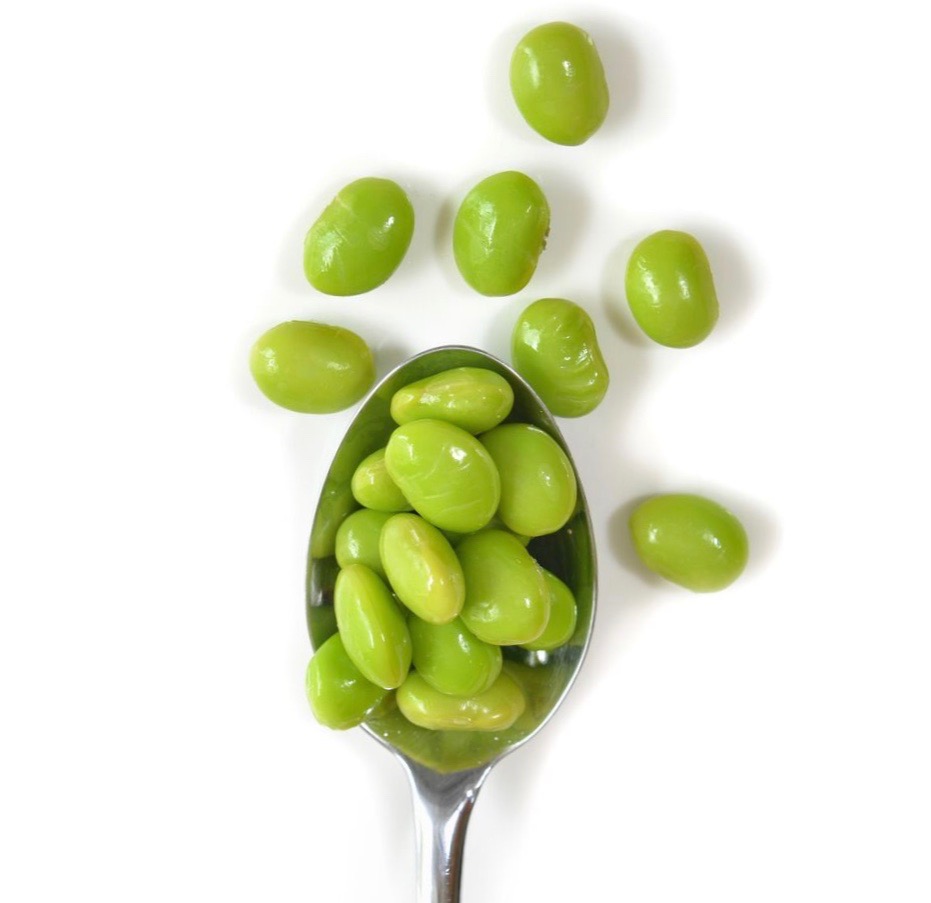
Sorry about all the figures below but
Tip:It’s best to spread calcium intake throughout the day because the body can’t absorb large amounts in one meal. Calcium absorption is best with a maximum of 500mg at one time.
Beans and pulses
A portion of baked beans can provide as much as 160mg of calcium. Other beans are tasty options, pop them into a bolognese sauce or soup to boost your intake.
Dark green vegetables
Edamame beans are young and tender soybeans, often sold in their pod. 150gms will supply 10% of the RDI. Firm tofu is another rich source offering 86% of the RDI in a 125gm portion. Seaweed is another option to add variety to the diet; 100gms provides 13% of the RDI.

A portion of kale will supply 25% of RDI, and while Spinach is also a rich source, it is high in oxalates, which make it more challenging to get all the calcium it contains.
Tip: If you need another reason to eat more green leafy vegetables. They also contain Vitamin K which is important for calcium absorption and bone health. Broccoli, Brussels sprouts, Savoy cabbage are good sources.
Fruit
Figs are an excellent source, a portion, which is around 30gms, will provide 5% of the RDI.
Nuts and seeds
Seeds are tiny mighty nutritional powerhouses, those rich in calcium, include chia, poppy, sesame, and celery seeds. 9gms of poppy seeds (1 tablespoon) supplies 13% of the RDI.
100gms of almonds (about 25 nuts) and 100gms of brazil nuts contains 8% of the RDI. 100gms of pistachio nuts contains 5% of the RDI.
Fish
Tinned fish with edible bones are packed with calcium, a small tin of sardines will give you 35% of the RDI, and the same size tin of salmon with bones around 21%.

Fortified foods
Alternatives milk drinks, including those made from nuts, seeds, oat, and soya, are usually fortified with calcium, and vitamin D. Some fortified breakfast cereals can deliver the full daily intake of 1000mg in one portion. Other foods fortified with calcium include; flour, some bread, and biscuits.

Dairy
Cow’s milk is one of the best and cheapest calcium sources and is also absorbed well for those who can consume dairy. One glass of low-fat has 276mg, with whole milk offers 352mg per glass. Goat’s milk is another excellent source providing 327mg per glass.
Did you know…. that aged, hard cheeses are naturally low in lactose? Making them easier to digest for people with lactose intolerance. Parmesan cheese has the highest amounts most, 30 grams portion will provide 33% of the RDI or with 331mg.
One portion of plain yoghurt contains around 250gms and provides 30% of the RDI. The low-fat varieties may offer higher amounts at 45% but check the sugar content if you are watching your weight.
Ideas to get your daily intake
- Add some figs and chia seeds to yoghurt to make an easy breakfast, this could also be a healthy pudding.
- Mash some tinned-sardines on whole-wheat toast and top with avocado for
an quick brunch or lunch. - Make a tofu, broccoli and carrot stir fry for dinner.
- Snack on a handful of almond, brazil and pistachio nuts for a super boost.

Supplements
If you are struggling to get enough calcium from food, it might be worth considering taking a supplement. Have a chat with a local pharmacist or nutritionist about an over-the-counter calcium supplement because calcium supplements can interact with certain medicines and may cause bloating and constipation in some people. Or talk to your doctor about a blood test and a prescription.
Can you have you much calcium?
Too much calcium in the diet can cause constipation, and might also interfere with the body’s ability to absorb other nutrients such as iron and zinc. Doctors associate too much calcium from supplements with an increased risk of kidney stones.
Summary
Calcium is an essential mineral and the most abundant mineral in the body. It offers protection against bone loss and Osteoporosis, tooth decay and heart disease, diabetes and weight gain. Eating a wide range of foods with or without dairy products is the best way to meet daily needs. It’s always better to get nutrients, including calcium from foods rather than supplements, but some people may benefit, please take advice first.
